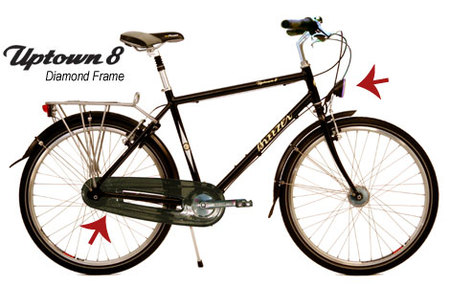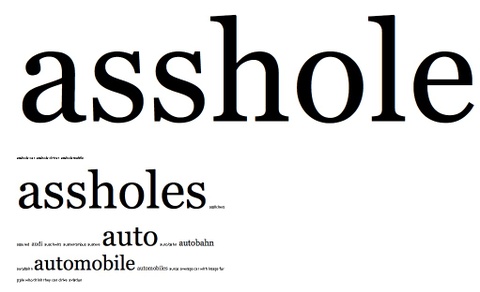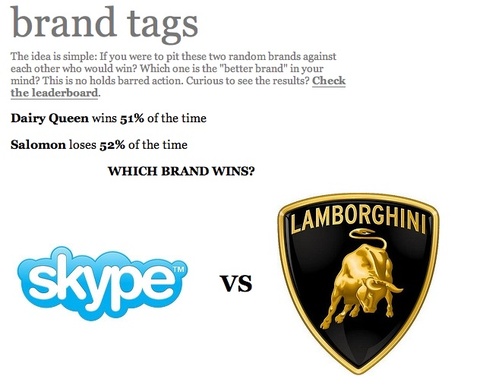… bike. In fact it’s this tasty number made by Breezer:
I’ve had the bike for about three months now, and have grown to love it on several levels:
- It’s an integrated experience: I could have spent a bit less money by cobbling together an equivalent bike from bits and pieces, but the Breezer works really well as a unified whole. Its designer, Joe Breeze, has a strong point of view on what makes a good bike, and I can feel that as I ride it.
- It’s fun: I spent a significant percentage of my childhood free time messing around with bikes. I lived for my BMX bike. I was either jumping it off of tall things, riding it through deep pits of mud, fixing it and cleaning it due to the previous two activites, or finding a way to get moneoy tobuy upgrade parts. Over the course of about six years I took it from being a $80 Huffy to being a mean, lean, nickle-plated jumping machine. A Mongoose that flew through the air and even landed safely more often than not. By the time I was done modifying it, the only original parts left were the wheels (the original ones ran strong and true), and the chain. I’m looking forward to hacking on this bike (because as Facebook has taught us, it’s all about user-hackable platforms), and I just love the feel of the wind through what is left of my hair. Fun fun fun.
- It looks killer: Amsterdam is the New LA. Or Paris. In other words, the cool look these days is fenders plus bells plus black paint. Forget spandex and your aero tuck on that carbon fiber frame; sitting upright and maximizing your coefficient of drag is the way to go. Admittedly, I’ve been unduly influenced by the editors of Monocle on this dimension, but I see the general rise in popularity of the Dutch bike aesthetic as a search for consumptive sobriety for sombre times; the Prius is statement about remorse for over exuberant car-ness, and I think black bikes with fenders are like wearing Timberland boots in a world of Blahniks — the durable, practical,sensible choice. That happens to also look killer in its own way.
Is the commuter bike the new Prius?
Yes.




